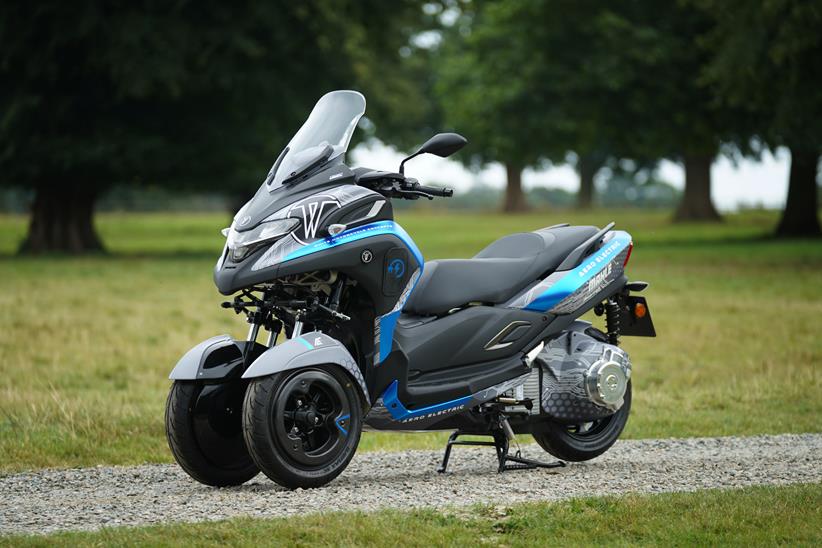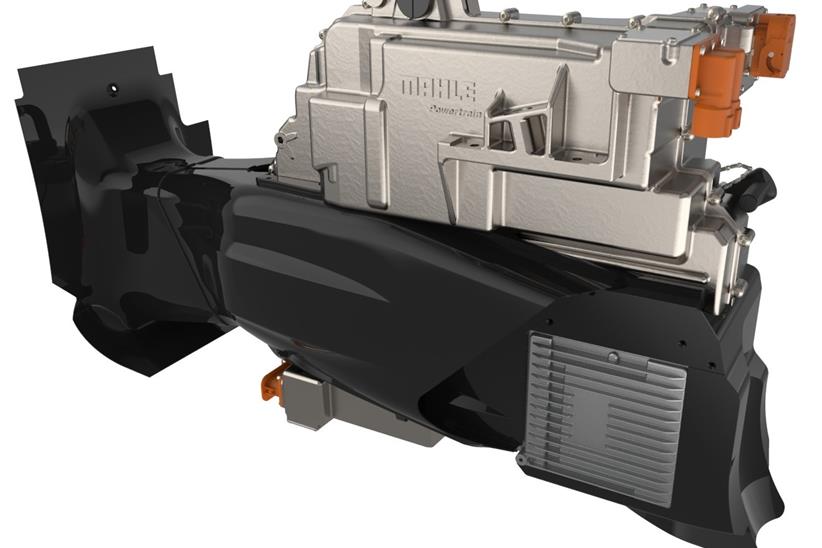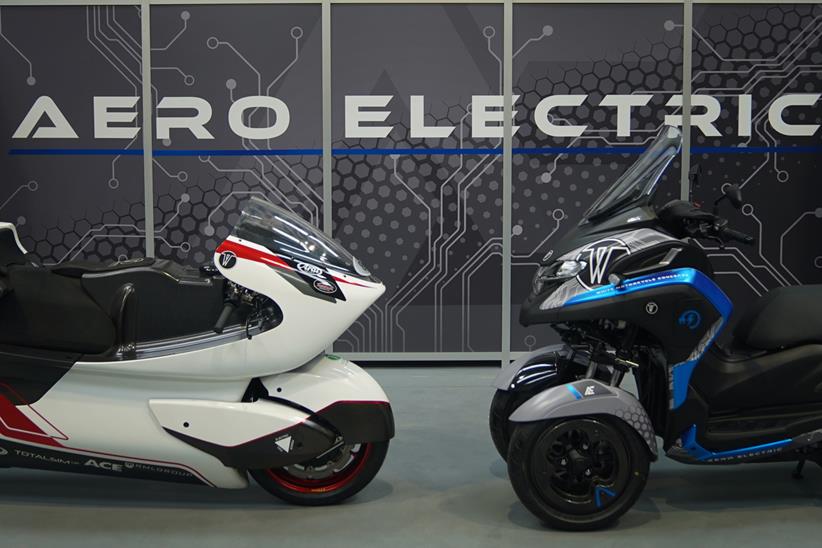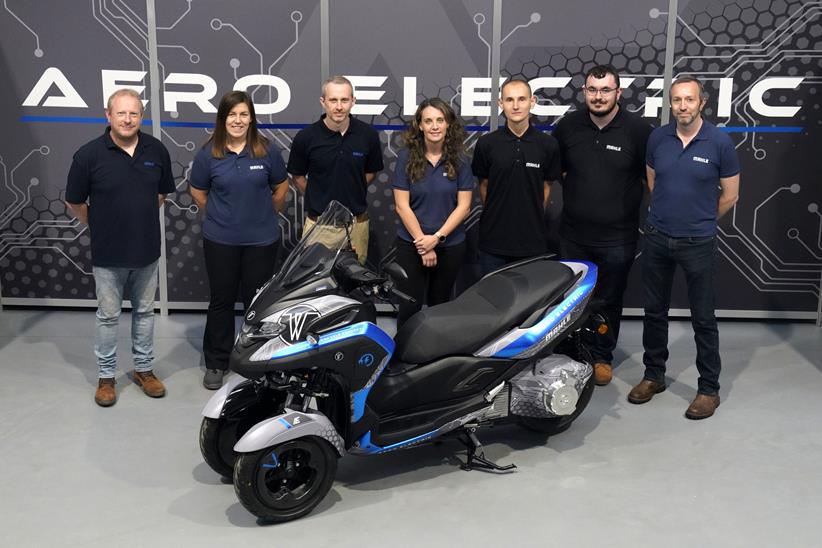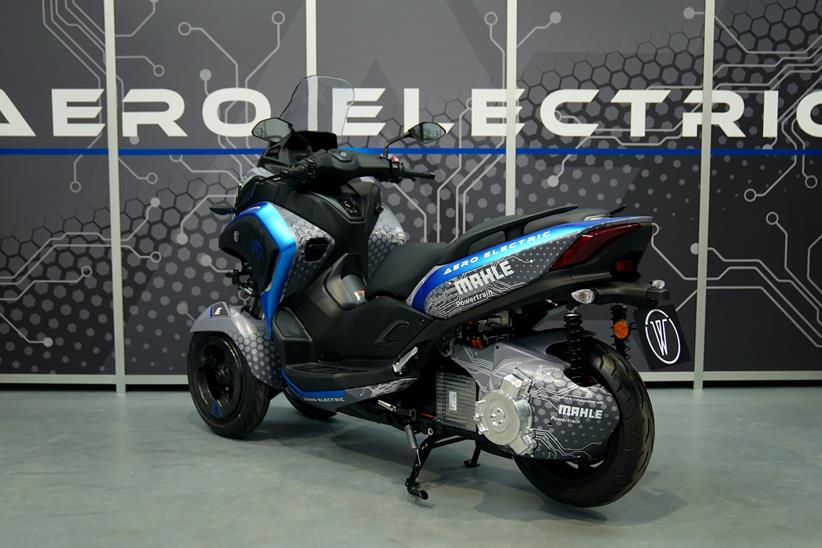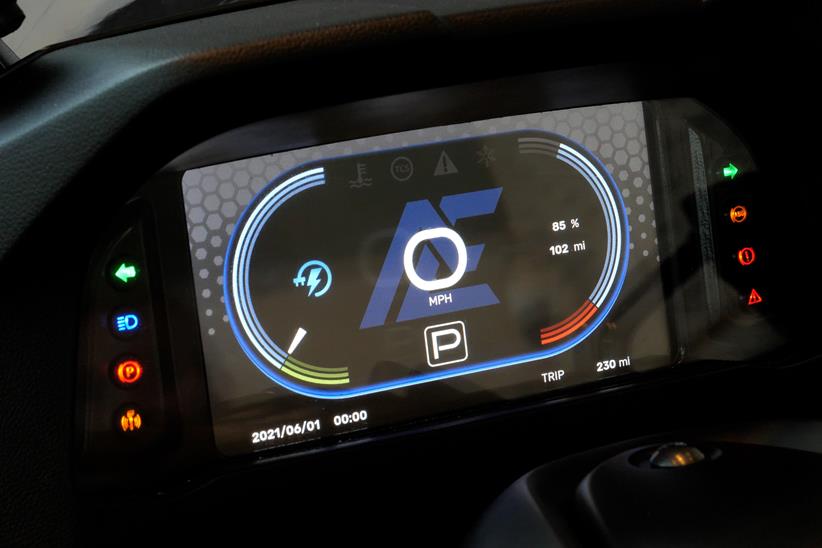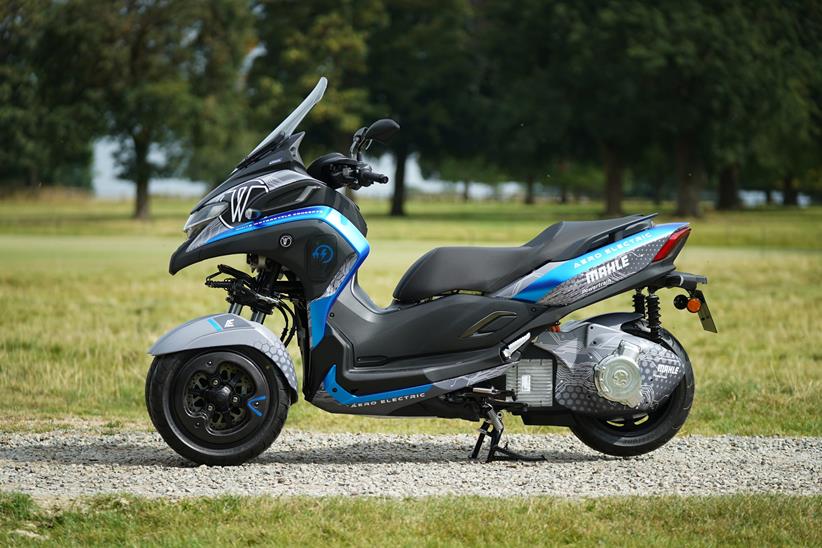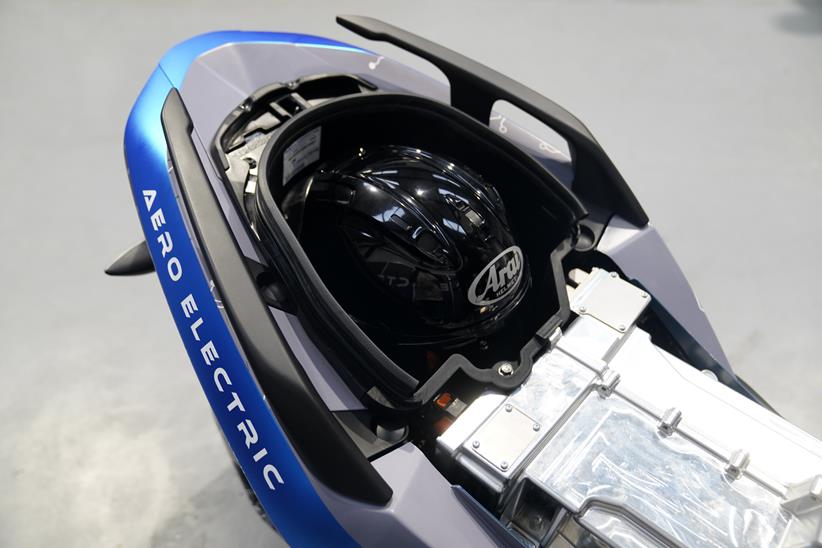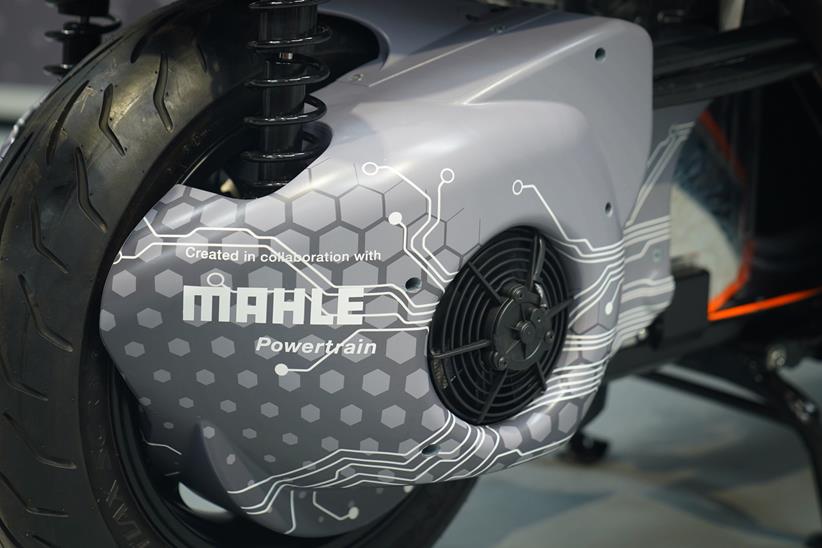British electric trike promises 100mph top speed, 100 miles of aggressive riding on 15-minute charge
A crack team of British engineers have launched a new three-wheeled electric response vehicle, promising 100 miles of aggressive riding range, advanced aerodynamic capabilities, and a recharge time of under 15 minutes on a standard CSS (Combined Charging System) connector.
Called the WMC300E+, the bike is a collaboration between White Motorcycle Concepts (WMC) and Mahle Powertrain and was launched at the Cenex Expo at the UTAC Millbrook testing facility on Wednesday, September 4 2024.
Based on Yamaha’s Tricity 300 platform, it’s designed for rapid response use cases, as well as last mile delivery and features WMC’s patented Venturi duct system to allow air to flow through the middle of the bike, between the two front wheels, rather than around it.
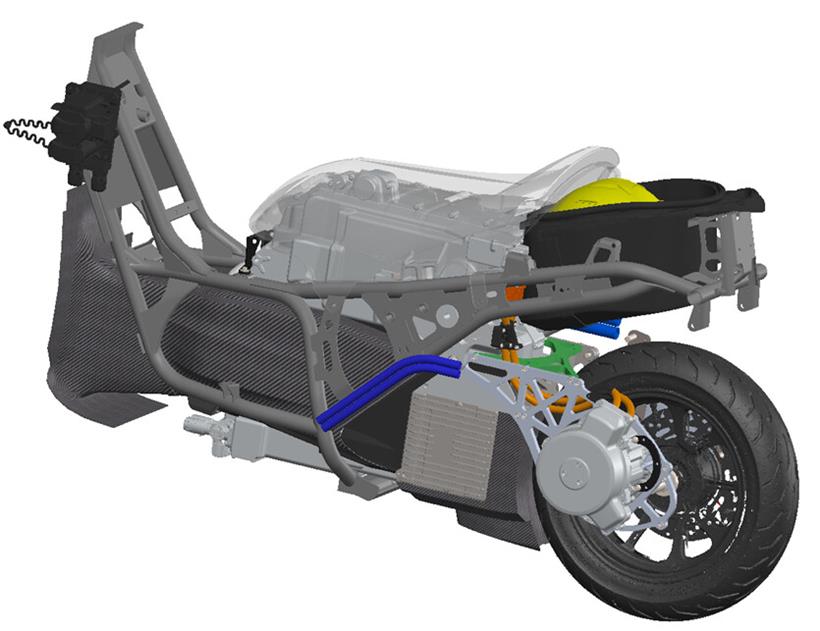
“The whole industry is facing a huge technical and commercial challenge to produce an electric motorcycle with performance close to its petrol equivalent,” Founder and CEO of White Motorcycle Concepts, Robert White said.
“Current electric motorcycles are focussed upon retail needs, but fleet customers, and particularly emergency first responders, demand high levels of availability that, due to charge times, existing solutions just can’t deliver,” he continued.
“Meeting that demand, while complying with forthcoming legislation and helping to achieve all fleet’s net-zero ambitions, has required clean-sheet engineering thinking and the combination of some innovative technologies.”
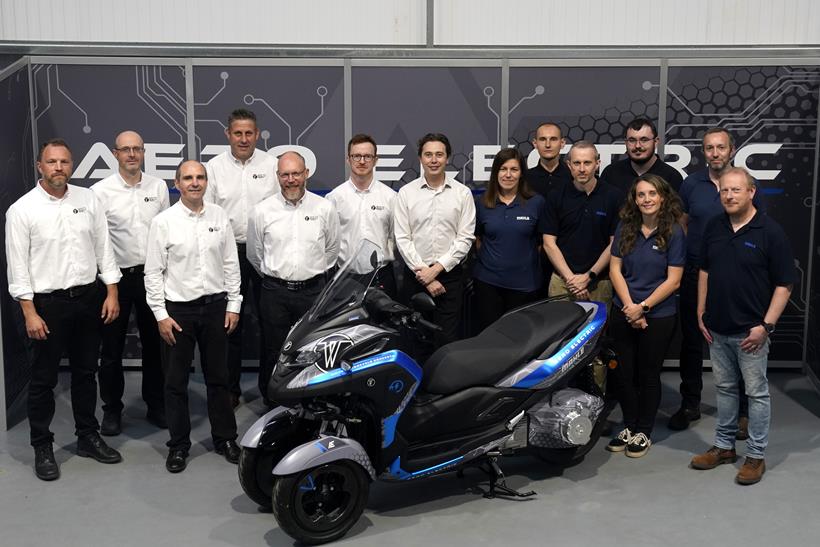
Past projects
WMC previously made use of the three-wheeled Tricity platform to produce the hybrid WMC300FR, which combines the standard 292cc four-stroke twist and go Yamaha engine with two 56V 12 amp-hour detachable lithium-ion batteries providing drive below 30mph.
Featuring the clever central duct, it is said to cut emissions by a claimed 50% and has been rolled out in areas including Northamptonshire Police – where it is used by public facing community officers.
This new all-electric version builds on that early ethos by offering similar performance with zero emissions at the tail pipe. Inclusion of the central duct is also said to increase aerodynamic efficiency by 25% – meaning less energy needs to be excreted by the 11.9kWh battery to keep the bike moving.
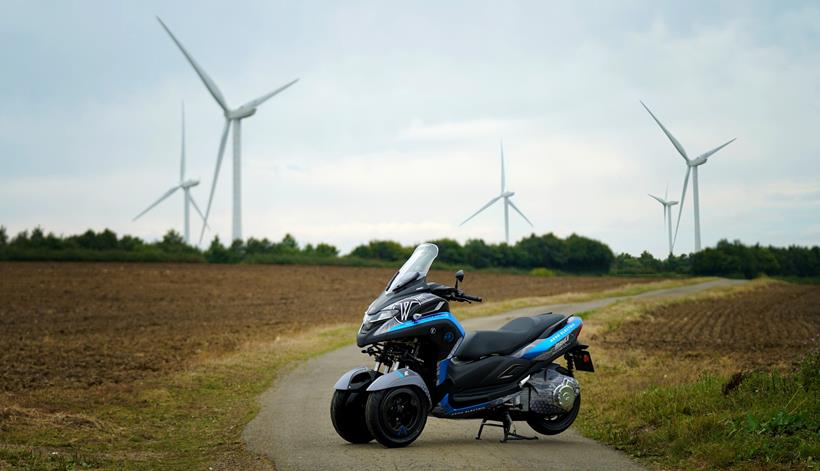
This power pack is unique to the WMC300 and has been built around WMC’s V-duct, whilst also leaving enough space to store a full-face crash helmet under the seat.
Produced after an extensive programme of modelling, simulations, and prototyping, a T-shaped battery pack was chosen, which is also said to help with mass centralisation and ensure better handling when responding to call outs.
What’s it made of?
According to the Mahle development team, the battery cell features a mixture of Lithium Cobalt Oxide with Nickel Manganese Aluminium, allowing it to sustain high charge rates and a long lifespan before beginning to degrade.
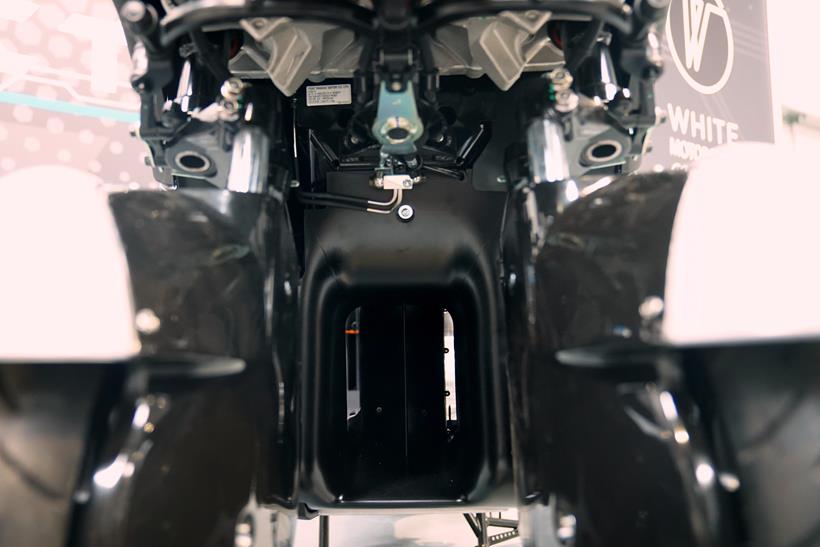
To defend against thermal runaway (and the risk of a large fire) Mahle have also used what they’re calling an M³x battery module concept, which is said to achieve even cooling across all of the cells.
- Related: Kawasaki Ninja 7 Hybrid review
You’ll also find a DC-to-DC converter (changing direct current from one voltage to another) integrated within the battery pack, meaning the traction motor, charger, and 12V system to be connected directly to it – saving space and boosting efficiency.
“This project called upon the full suite of capabilities available at our Battery Engineering Centre in Northampton,” Mahle’s Head of Research and Advanced Engineering department, Jonathan Hall said.
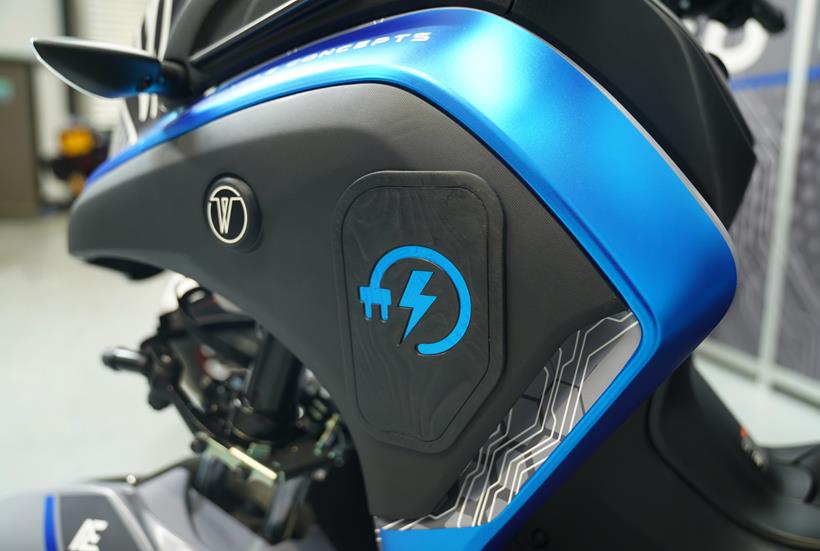
“Using a range of validated in-house modelling and simulation techniques, through to pack specification, cell selection and characterisation, prototyping and testing, and finally small series production, our team have worked closely with WMC to deliver the engineering solutions needed to meet their ambitious targets.”
